by Daniela Mericio
_
Can photography change the world? At least it can help. Images are an influential tool and they can drive attention on urgent issues. A book has been published in 2018: Photographers against wildlife crime, edited by photographer Britta Jaschinski and Keith Wilson, text author, who managed to bring together 24 renowned wildlife photographers and their acclaimed works, creating a powerful visual narration to report international wildlife crime. Different stories told with different styles but with the same passion, with amazing images, many of which award winners. Texts, informative and detailed, make a point on endangered species, illegal wildlife trade, cruel practices in the name of superstition and greed. The reported earnings figures derived from these illicit trades are significant. The pangolin, a small mammal, risks extinction due to the trade in its scales (3000 $ per kg). They are believed to have propitiatory or curative properties and are used in traditional Chinese medicine, as is the rhino horn ($ 65,000 per kg) or bear bile ($ 91,000 per kg). These are just a few examples and do not concern only the other half of the world, because most of the products – trophies, luxury goods – are destined for the West. “Our images are the proof that photography matters. Without photography, the world’s conscience will wither” says Britta Jaschinski in the book. On the occasion of the release of the new edition of the volume (this time with the contribution of 32 photographers) I asked her a few questions.
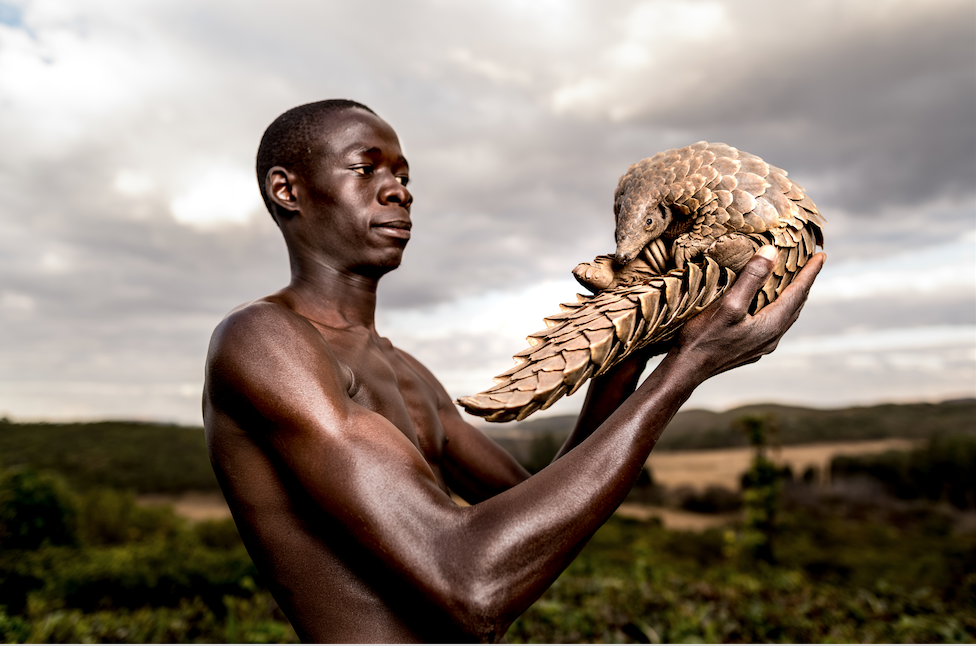
You have always been involved with nature and wildlife. How did the idea of this project came up?
I’ve been working on this for 25 years, me and other photographers have been trying to communicate to the world and bring the alarm bell about what’s happening. I’ve won awards and made noted exhibitions, but people don’t understand how critical the situation is: it’s a mass destruction of wildlife. If there are smugglers it’s a problem, but it is not a problem in front of you. Keith Wilson, which is the co-founder of the project, proposed a book on the subject with my photos. I said “No thanks, it isn’t making any difference, if I’m going do anything it’s got to be a global project, something huge to reach a global audience and politicians”. I thought of Michael Nichols, a photographer I know well, we have been talking for years, we were both upset and angry about what might happen to the planet”. So I said to Keith “How about photographers against wildlife crime?” he said “Oh my God who are you taking?” and i said “All the biggest names”, and he asked “Are you sure they will agree?”. I talked to them and sent a short note to the greatest photographers, and everyone answer “Yes, i want to be part of it”.

Can you consider the book a sort of manifesto? It looks like a movement, a mission, not just a book…
Exactly. I didn’t want I it to be just another wildlife book, I wanted it to be different: to wake people up. I made the website myself and I wanted it to look like a political campaign. And like a riot, because we were starting a riot. I didn’t want just to inform people about endangered species, but to say: “We demand a change. We demand protection of our wildlife”. It is a very serious political statement. And because there are such great photographers, it will get some attention at least.
The title itself is very clear…
People ask me why didn’t I call the book “Photographers against illegal wildlife trade”… but we agreed, amongst all photographers: these are crimes. All the practices in the book, wether they are legal or illegal, we believe are a crime. Taking animals out of the wild and putting them in a zoo, even if it’s a legal zoo, it’s actually also a crime.

Some of the photos are really upsetting. Maybe just showing the beauty of nature is not enough? It’s better to shock people at this point? Has aesthetic still a a role in conveying the message?
I think it is really important to show beautiful photos because people has to appreciate the beauty of nature, but is also necessary to be true about what is happening. On the website there is a section called “Truth matters”, the truth needs to be said. You must be brave, look at what happens and take action. My campaign was: “Truth matters and dare to know”. In the book I tried to find a really good balance. Every photographer created a narrative, it’s like a puzzle, and you have different puzzles that tell the whole story. They sent us thousands of pictures, I decided to only select 100. In the book there are between 1 and 8 photos for every author. Some pictures are upsetting, but they still give dignity and respect to the creatures. We also tried not to point our finger: we just say this is what’s happening.
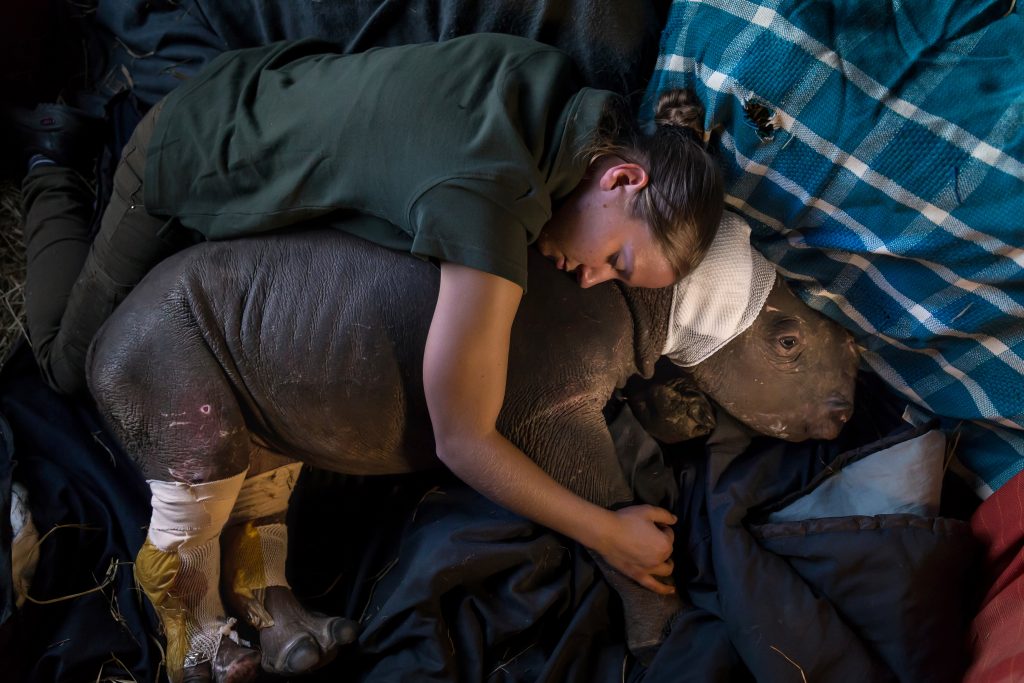
Some images are deeply moving, show affection between men and animals and underline the important role of vets, conservationists, rangers, protection forces. A sort of balance, like you said. Is there hope?
I think is important to look also at the positive aspect of human impact, if you only say bad things is not helpful. People would dig their head in the sand, because they can’t bear facing what’s happening. What I wanted to say is: it is really bad, but there is hope, because there is a lot of people out there who is doing amazing things. This is the message in the book.
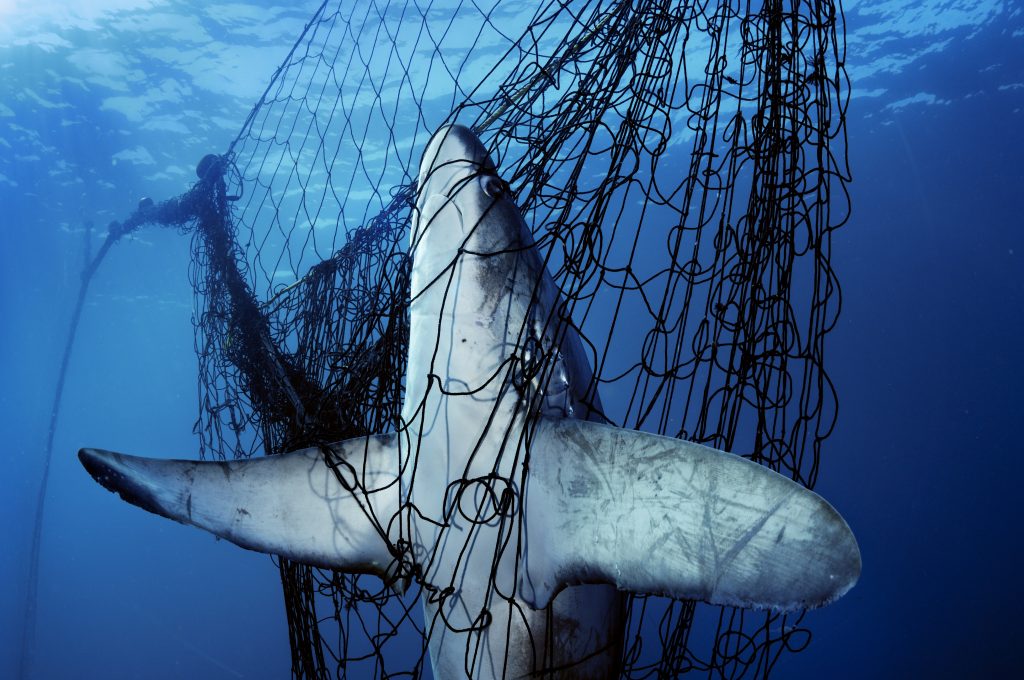
Maybe people is slightly informed of the endangered species as tiger, or the illegal trade of rhino horns or of elephants tucks, but there are many crimes that people is not so aware of. Which is the most horrific thing you have worked on?
I have covered a lot of stuff, like trade of live animals, animal performances, illegal duels. Bear bile extraction, among treatments against animals, I would say is the worst any animal can suffer. Bears are held in very small cages, without being able to move or stand up, sometimes they stay there for years. The bear whose story is in the book was in a very small cage for 30 years. I’ve got no words to describe what that bear must have been through. Some, if they have a cub, they actually try to kill the cub, because they don’t want their offspring to live like them. They are highly intelligent, they have the same feelings we have.

The new edition of the book is bilingual, English and Chinese. It is no coincidence… China has a great responsibility in the situation… but is that just an issue for the remotes part of the world?
We added some photographers who are covering subjects very important if we want to reach the Chinese audience. We updated the previous book – many things have changed in one year – and every single line has been translated in Mandarin Chinese.
But we put an emphasis on people, especially in China, who help wildlife. On the cover, we have a picture of a Chinese man, who in our view is a wildlife hero. In China, because of the ivory ban (from January 2018, nd), people were trying to find a replacement for ivory, which is used for carving. So in Borneo they started to kill the helmeted hornbill: its nickname is the ivory bird, because of its prominent beak of a precious material similar to ivory. They will be extinct very soon, because they are killed in hundreds. In the book we made a point about this but we also made a point about this wildlife hero, who works in South China to protect the local South China hornbill. They protect it in China but they are allowed to be killed in Borneo… what should be done is put an end to the demand that affects other countries through China. And then, because there are so many people it had a much bigger impact: you have people in America hunting, in Spain, in Italy… wherever you go people kill animals.
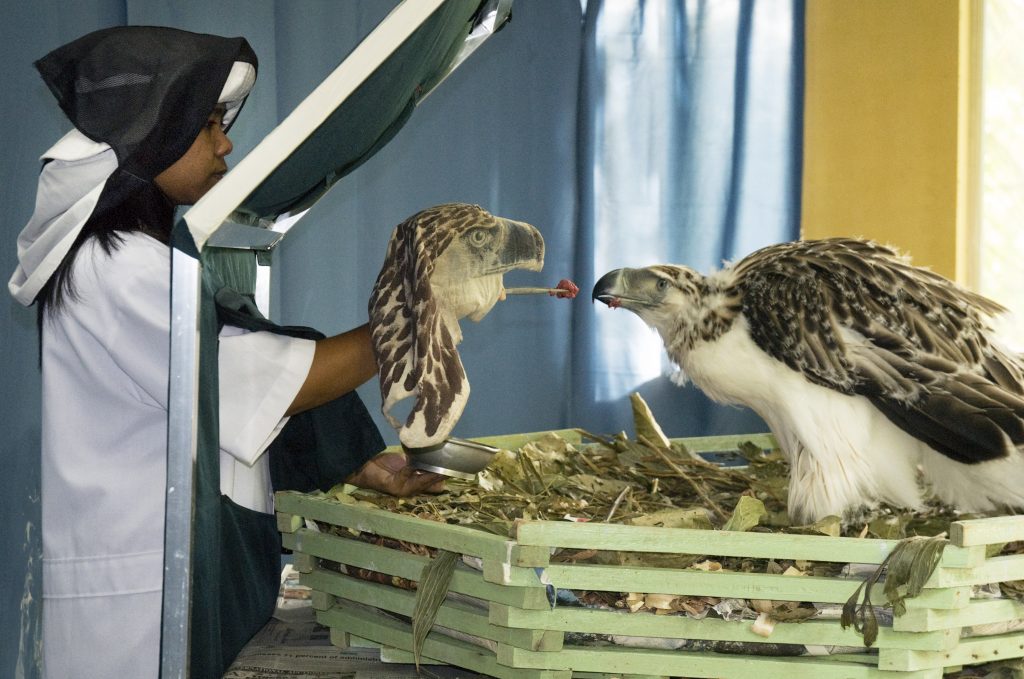
It means changing head of people, get rid of superstitions…
It’s incredibly difficult. People believe in traditional Chinese medicine and that is something we are not going to touch. What we are saying is: even if you think it is useful, it’s our world and you have no right to kill our wildlife for your pleasure or for your health. And of course we do some education about real medical benefits: rhino horn does not cure cancer. But we don’t point our finger, it will get worse. The approach is: positive reinforcement.
Did the project have an effect on the situation? Did you get a feedback?
We had a very quick global response, which is quite amazing, I didn’t expect it. Scientists, opinion shakers, lawyers, politicians, people from big magazines. We are using this to inspire people to take action and is remarkable what we achieved with one book, but the book itself is not even that important, the movement has become more relevant. Now we work on so many different levels: outreach programs, conferences with lawyers for law enforcement, like we are doing in Hong Kong. It’s not really about the book, it’s about “we are really bringing change”.
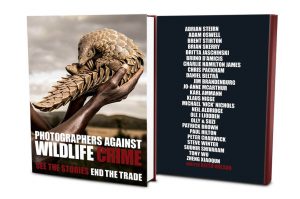
The book:
Britta Jaschinski, Keith Wilson
Photographers against wildlife crime
2019
http://www.photographersagainstwildlifecrime.com
July 9, 2019




